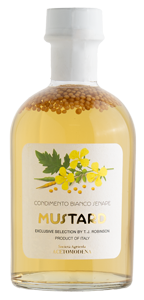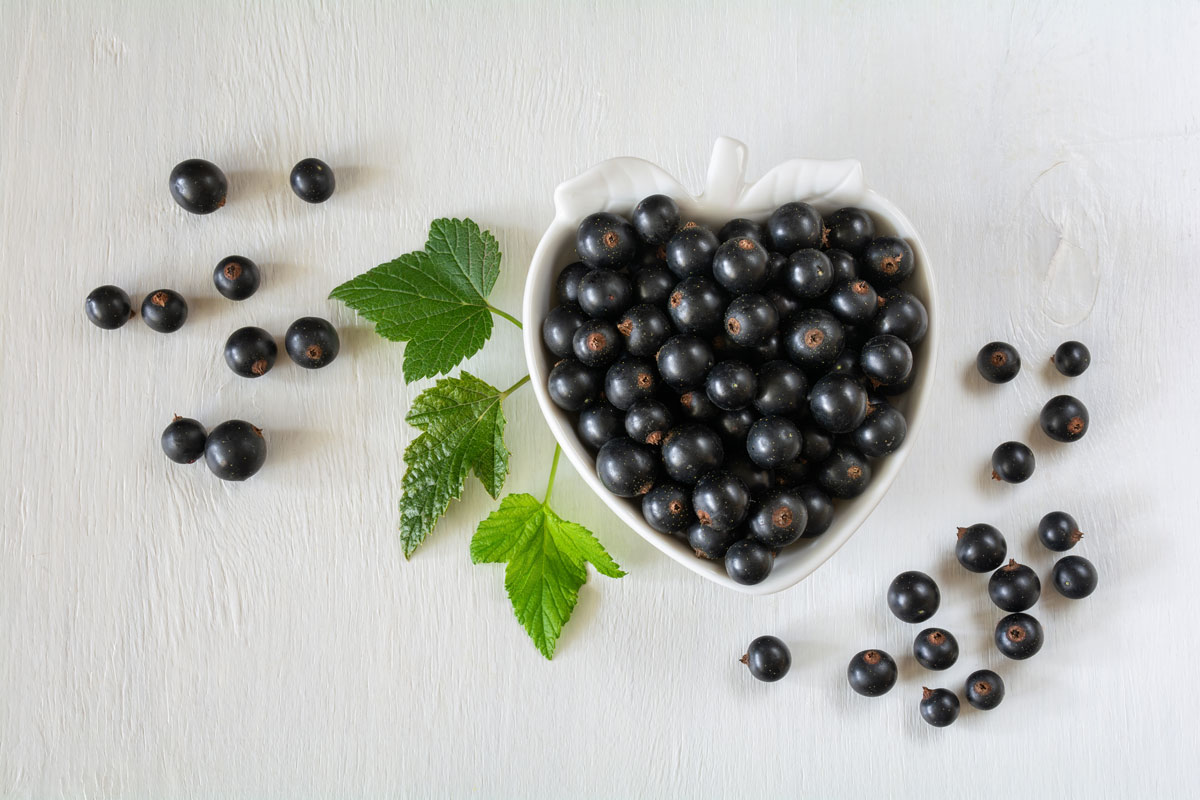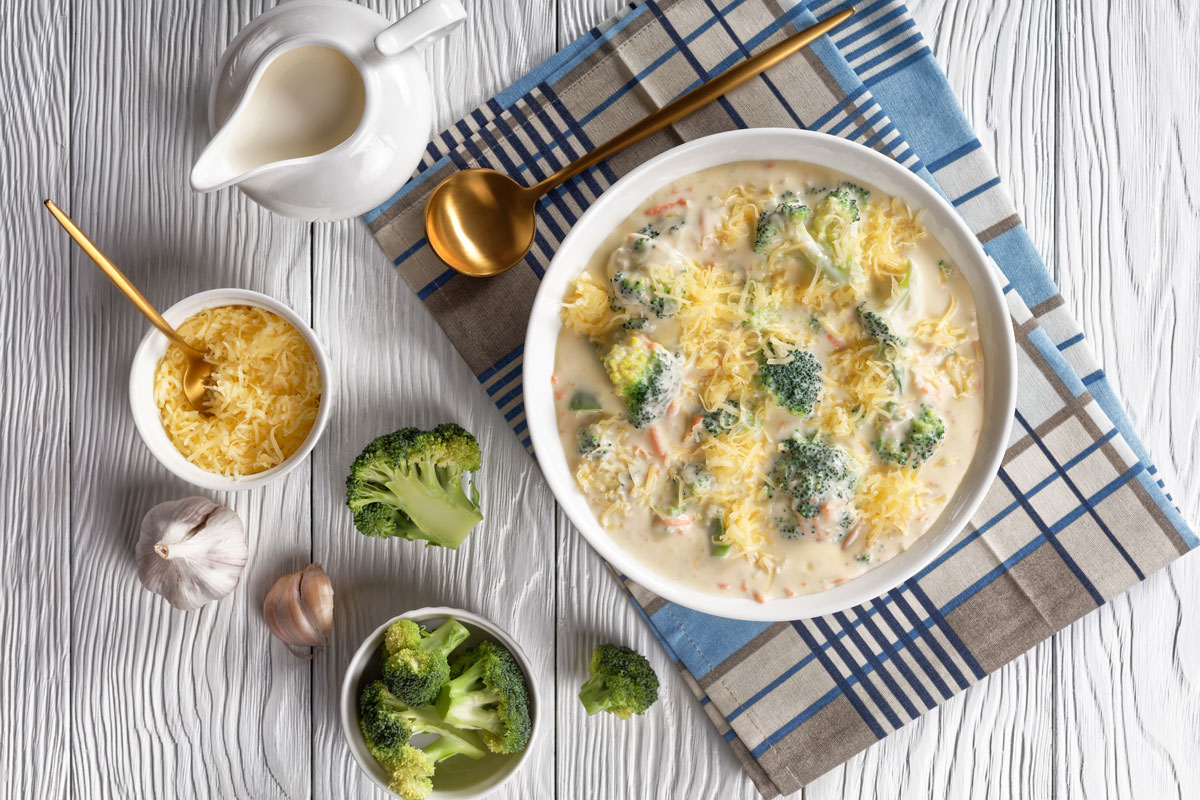Individual Lemon-Olive Oil Soufflés Recipe, Spotlight on Vanilla and Ramekins, Screening for Bone Density and Exercise to Reduce Falls
Will it rise? Will it fall? Those are the common concerns of the soufflé baker. But making dessert soufflés isn’t as nerve-racking as you might think. The real secret is to serve a soufflé as soon as you take it out of the oven. Soufflés wait for no one and will start to fall after a few minutes, but if your guests are at the table, spoons in hand, there will only be oohs and aahs, not oh-no’s. This recipe brings together two of my favorite flavors: lemon and olive oil. I’m also sharing another key pairing, this one for bone health: the importance of tests to check on bone density and the benefits of exercise to prevent falls and the risk of a bone fracture.
Individual Lemon-Olive Oil Soufflés
 Individual Lemon-Olive Oil Soufflés
Individual Lemon-Olive Oil SoufflésMaking a curd and then folding it into stiff egg whites makes the prep for these luscious soufflés easy. You can even make the curd a day in advance and store it along with the egg whites (in a separate container) in the fridge—just take out the whites 30 minutes before you’re ready to cook because they whip better at room temperature. (The addition of a small amount of cream of tartar helps them stay firm.) Using individual ramekins makes it’s easier to judge when they’re ready compared to a large soufflé that can puff yet still be soupy in the middle. Firm on the top, the centers will still be creamy.
Ingredients
- 4 large eggs
- 3 large or 5 small lemons
- 1 cup sugar, divided use
- 1/4 cup all-purpose flour
- 1/2 teaspoon vanilla extract
- Pinch of fine sea salt
- 3 tablespoons extra virgin olive oil, plus more for drizzling
- 1/2 teaspoon cream of tartar
- 1 to 2 tablespoons softened unsalted butter
- Optional: confectioners’ sugar, freshly whipped cream
Directions
Step 1
Separate the eggs while still cold; set aside to come to room temperature, about 30 minutes.
Step 2
Rinse the lemons and dry them thoroughly, then zest them with a microplane grater. You should have a generous tablespoon of zest. Juice the lemons; you should have a generous cup of juice. Some pulp is fine to leave in but remove any seeds.
Step 3
Whisk the egg yolks in a heavy-bottomed saucepan, then whisk in 1/2 cup sugar; add the lemon juice and zest, flour, vanilla, and salt.
Step 4
Place the saucepan over medium heat and bring the mixture to a very low boil, whisking constantly. Cook for 2 minutes to activate the flour, lowering the heat if necessary to prevent a rapid boil. The curd should be thick enough to coat the whisk.
Step 5
Off the heat, slowly whisk in the olive oil and continue whisking until completely blended. Allow the curd to come to room temperature before proceeding. (Pour it into a glass bowl, cover, and refrigerate if making in advance).
Step 6
When the lemon mixture has cooled, preheat your oven to 375°F with a rack in the center position. Prepare four 8-ounce ramekins by brushing the inside surfaces with the butter and then dusting each with a scant tablespoon of sugar. Invert each ramekin and tap on the bottom to remove any excess sugar; set them aside.
Step 7
Whip the egg whites on low speed for 1 minute to break them up, then add the remaining 4 tablespoons sugar and the cream of tartar. Increase the speed to high and whip until firm peaks form, about 5 minutes.
Step 8
Using a spatula, fold 1/4 of the egg whites into the lemon curd to loosen it, then fold in the rest of the whites in a gentle motion to avoid deflating them. When only a few streaks of curd remain, spoon equal amounts into the ramekins; the mixture should almost reach the rim. Smooth the tops with a small offset spatula.
Step 9
Place the ramekins on a rimmed sheet pan and place the pan in the oven. Bake until the soufflés rise an inch or so above the rims of the ramekins and the tops feel firm to the touch, about 15 to 20 minutes, depending on your oven. Serve within 5 minutes with a drizzle of olive oil, a dusting of confectioners’ sugar, and a dollop of whipped cream, if desired.
Yields 4 servings

Healthy Ingredient Spotlight
Vanilla Varieties
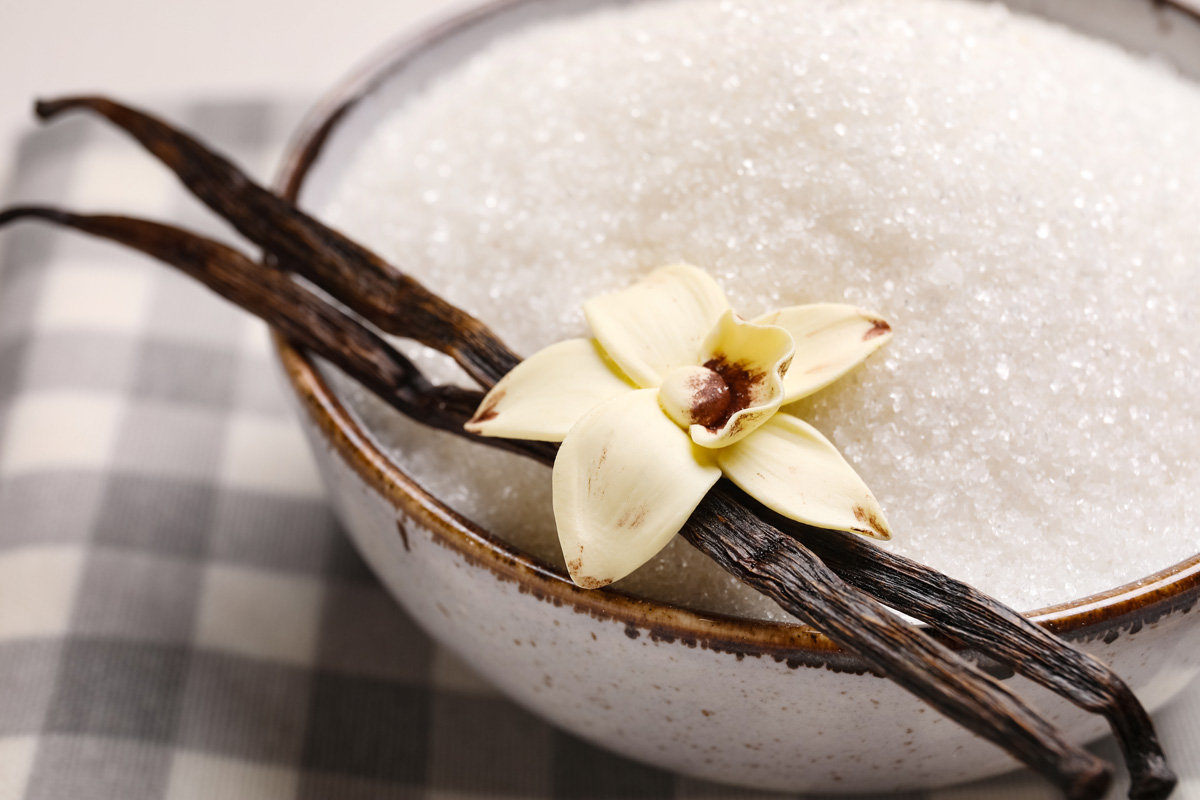
Chocolate lovers are often shocked to hear that vanilla is the more popular of the two flavors, at least when it comes to ice cream. The one thing that both have in common is the complex process that goes into turning their raw ingredients into delectable essentials.
Vanilla comes from the beans, or pods, of the orchid Vanilla planifolia, a vine that can grow to nearly 50 feet in length. But it takes careful pollination for the vine to bear fruit. This happens naturally only in Mexico, where the hard work is done by indigenous Melipona bees. Most of the world’s vanilla now comes from Madagascar, Indonesia, and Tahiti, where pollination is done by hand. It can take up to three years before the vine makes flowers, and the beans they produce must stay on the vine for nine months. Then the labor-intensive process of drying the pods begins. It’s no wonder that true vanilla is expensive. But, as with extra virgin olive oil, not everything labeled vanilla is real vanilla. In fact, the word “pure” is often used on the labels of imitation vanilla made from the synthetic vanillin, so you need to read the fine print when you’re buying anything other than whole beans. It’s estimated that 95% of products called vanilla are complete imitations.
Whole vanilla beans are long, thin brown pods brimming with seeds that have been dried—but shouldn’t be dried out. They offer the most intense vanilla flavor. To release the seeds, score the length of the bean with a sharp paring knife and then use the side of the knife to scrape them all out. Nothing goes to waste: Bury the leftover pod in a jar of sugar to make your own vanilla sugar to add depth of flavor to recipes that call for sugar and to use as a sweetener in drinks.
The most readily available form of vanilla is extract, the result of steeping ground beans in alcohol (this is why real vanilla extract has a high alcohol content). You will see other ingredients, typically sugars.
Another option is vanilla bean paste, a thickened version of extract brimming with vanilla seeds. It’s wonderful when you want a lot of flavor along with the visual appeal of the seeds—perfect for ice creams and puddings. When you don’t want flecks, in a pavlova for instance, use extract.
Vanilla bean paste and extract can be used interchangeably, teaspoon for teaspoon. If you want the deeper flavor of a vanilla bean, keep in mind that the seeds in one bean are equal to about 2 teaspoons of extract or paste.

Quick Kitchen Nugget
Ramekins
An easy way to conquer fears over making a soufflé is to use individual ramekins rather than one large soufflé dish. Both are flat-bottomed porcelain bakeware with straight sides and a fluted outer detail, but ramekins shorten cooking time significantly (a large soufflé can take up to 45 minutes to fully cook and rise). They also make a pretty presentation.

For Your Best Health
Screening for Bone Density
The United States Preventive Services Task Force (USPSTF) recently issued updates to its 2018 osteoporosis screening recommendations. While the guidelines still emphasize the need for bone density screenings to prevent fractures in women 65 years or older, the task force now recommends the imaging test called the dual-energy X-ray absorptiometry, or DEXA, scan. It uses a low-dose X-ray to quickly examine the hips, lumbar spine, and sometimes forearm to evaluate bone mineral levels. The images are compared to those of a typical 35-year-old and results are given in T-scores. A T-score of -1 or higher means your bones are healthy; a score of -1 to -2.5 indicates osteopenia, a mild version of bone loss; and a score of lower than -2.5 may mean osteoporosis.
The test is now also recommended for postmenopausal women younger than 65 years who are at increased risk for an osteoporotic fracture. Risk factors include having a family history of osteoporosis, being underweight, having a history of recent fractures, having rheumatoid arthritis, or having taken certain medications such as steroids or some forms of chemotherapy. The prior recommendation for women in this group was just to use a clinical assessment tool to evaluate a risk.
The USPSTF is now highlighting the use of the Fracture Risk Assessment Tool (FRAX) as a supplement to a bone mineral density screening. The FRAX score is your risk, based on statistics, of having a major osteoporotic event in the next 10 years. If you’re less than a 10 percent risk, it means that in the next 10 years there’s a 90 percent chance that you will not break a bone. It’s not a guarantee, but it means statistically you are strong enough that even if you fall and break a bone, you should be OK.
Those in the medium range have between a 10 and 20 percent chance that if they fall they will end up with a broken hip or other major break. If you’re high risk, you have a 30 percent chance for a major event and your doctor will likely recommend lifestyle improvements and medications. The risk of a person who is older than 65 dying in the first year after having a hip fracture is around 30 percent.
The USPSTF found that there isn’t enough evidence to say that men should be screened for osteoporosis to prevent fractures. Men should talk to their doctors about whether to screen; this decision should be based on each individual’s risk factors.

Fitness Flash
Exercise to Reduce Falls
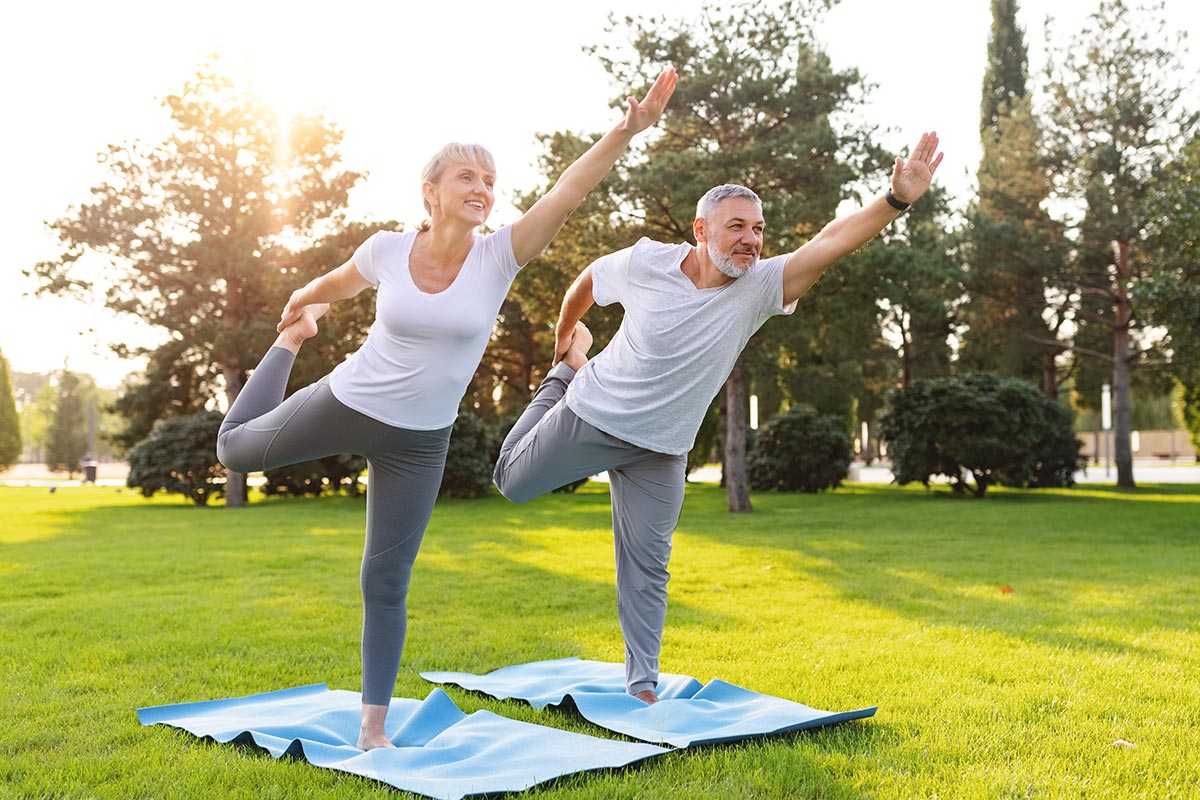
A new smart insole system that monitors how people walk in real time could help improve posture and provide early warnings for conditions from plantar fasciitis to Parkinson’s disease, according to a study published in the journal Science Advances. Constructed using 22 small pressure sensors and fueled by small solar panels on the tops of shoes, the system offers real-time health tracking based on how a person walks, which is a biomechanical process as unique as a human fingerprint.
This data can then be transmitted via Bluetooth to a smartphone for a quick and detailed analysis, said Jinghua Li, PhD, co-author of the study and an assistant professor of materials science and engineering at The Ohio State University. “Our bodies carry lots of useful information that we’re not even aware of,” said Dr. Li. “These statuses also change over time, so it’s our goal to use electronics to extract and decode those signals to encourage better self-healthcare checks.”
It’s estimated that at least 7% of Americans suffer from ambulatory difficulties, often having a hard time with basic activities that include walking, running, and climbing stairs. While efforts to manufacture a wearable insole-based pressure system have risen in popularity in recent years, many previous prototypes were met with energy limitations and unstable performances. To overcome the challenges of their precursors, Dr. Li and Qi Wang, the lead author of the study and a current PhD candidate at Ohio State, sought to ensure that their wearable is durable, has a high degree of precision when collecting and analyzing data, and can provide consistent and reliable power.
“Our device is innovative in terms of high resolution, spatial sensing, self-powering capability, and its ability to combine with machine learning algorithms,” she said. “So, we feel like this research can go further based on the pioneering successes of this field.”
Their system is also unique because of its use of AI. Thanks to an advanced machine learning model, the wearable can recognize eight different motion states, from static ones like sitting and standing to more dynamic movements such as running and squatting. Since the materials used for the insoles are flexible and safe, the device, much like a smartwatch, is low risk and appropriate for continuous use. For instance, after the solar cells convert sunlight to energy, that power is stored in tiny lithium batteries that don’t harm the user or affect daily activities.
Because of the distribution of sensors from toe to heel, the researchers could see how the pressure on parts of the foot is different in activities such as walking versus running. During walking, pressure is applied sequentially from the heel to the toes, whereas during running, almost all sensors are subjected to pressure simultaneously. In addition, during walking, the pressure application time accounts for about half of the total time, while during running, it accounts for only about a quarter.
The smart insoles could support gait analysis to detect early abnormalities associated with foot pressure-related conditions like diabetic foot ulcers, musculoskeletal disorders such as plantar fasciitis, and neurological conditions such as Parkinson’s disease.
Because the system uses machine learning to learn and classify different types of motion, it offers opportunities for personalized health management, including real-time posture correction, injury prevention, and rehabilitation monitoring. Customized fitness training may also be a future use, the researchers said. “The interface is flexible and quite thin, so even during repetitive deformation, it can remain functional,” said Dr. Li. “The combination of the software and hardware means it isn’t as limited.”
Researchers expect the technology will likely be available commercially within the next three to five years. Next steps to advance the work will be aimed at improving the system’s gesture recognition abilities, which, according to Dr. Li, will likely be helped with further testing on more diverse populations. “We have so many variations among individuals, so demonstrating and training these fantastic capabilities on different populations is something we need to give further attention to,” she said.
Get More Recipes In Your Inbox!

